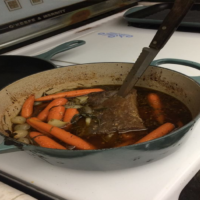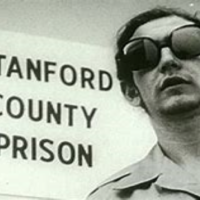In my previous post, I wrote about how the Ku Klux Klan of the 1920s was a wildly successful multi-level marketing Ponzi scheme that monetized fears held by many native-born Americans. Today I’ll talk about the third item that jumped out of my research. The Ku Klux Klan was a validation racket for those who were gaslighted to question their own manhood.
Take a close look at the photograph above. These are not Klansmen, but rather the women of the Ku Klux Klan Auxilliary. The initials KIGY on the sign is Klanspeak for “Klansman I Greet You”. In 1924, many considered this to be a patriotic spectacle. Look at all those women dressed in white, so clean and pure.
But was it really patriotic? And more importantly, why or why not?
In my opinion, this is an early form of virtue signaling, the flags, the white robes, the little cross emblems on their chests and the hem of the lady at the front are screaming, “Look at all our Christian purity. Join our Invisible Empire.” But who were they attracting?
Unlike these women who wanted Anaheim to be “safe for the whole family”, men within the Ku Klux Klan were fighting a different issue. After World War I, they were likely to have wished they served in the military without having actually served. This is why Klan recruiting literature has historically used manhood-validating slogans. As their recruiting posters said, “Don’t be half a man. Join the Klan.”
Members of the VFW or the American Legion did not duck out. Nor did they call out others. They helped out.
True, the founder of the first Klan, General Nathan Bedford Forrest was a Confederate veteran. But by 1869, he was so troubled by misbehaving Klan members, he ordered the Klan to destroy their robes and hoods. By 1874 he even offered to help the Governor of Tennessee shut down the Klan’s remaining renegade members. The validation racket had turned into a nightmare.
After 1915 the second Klan emerged, fueled by the movie The Birth of a Nation. But shell-shocked veterans of the Great War were put off by chest-thumping rhetoric such as, “Don’t be half a man. Join the Klan.” Honest heroes like Sergeant York didn’t need the Ku Klux Klan to validate their manhood. The ranks of the Klan were disproportionally filled with men who wished they had served but hadn’t. Those who served were more likely to join the VFW, or after 1919, the American Legion, both of which were more prestigious, more helpful, and far less expensive. The KKK of the 1920s was more like a VFW wannabe for teetotalers.
This did not stop some Klansmen from misbehaving. In 1925 in Omaha, Klansmen visited the home of a black Baptist lay minister named Earl Little and his pregnant wife, Louise. The visitors knocked out all the house’s windows with their rifle butts and ordered the Littles to leave. Louise gave birth to a son, Malcolm, in Omaha shortly thereafter, and then the family hightailed to Michigan, wherein 1929, the Little home in Lansing was torched. Two years later, when Malcolm was six years old, Earl Little was allegedly murdered by members of the Black Legion, a group that had splintered off from the KKK. The rest on Malcolm’s story may be found in The Autobiography of Malcolm X.
Plus we have the case of Anaheim.
But these only highlight the difference between validation rackets such as the Ku Klux Klan and service organizations such as the VFW or American Legion. Members of the VFW or the American Legion did not duck out. Nor did they call out others. They helped out.
Let me repeat that again. They didn’t call out. They helped out.
And that’s something we need a little more of.






